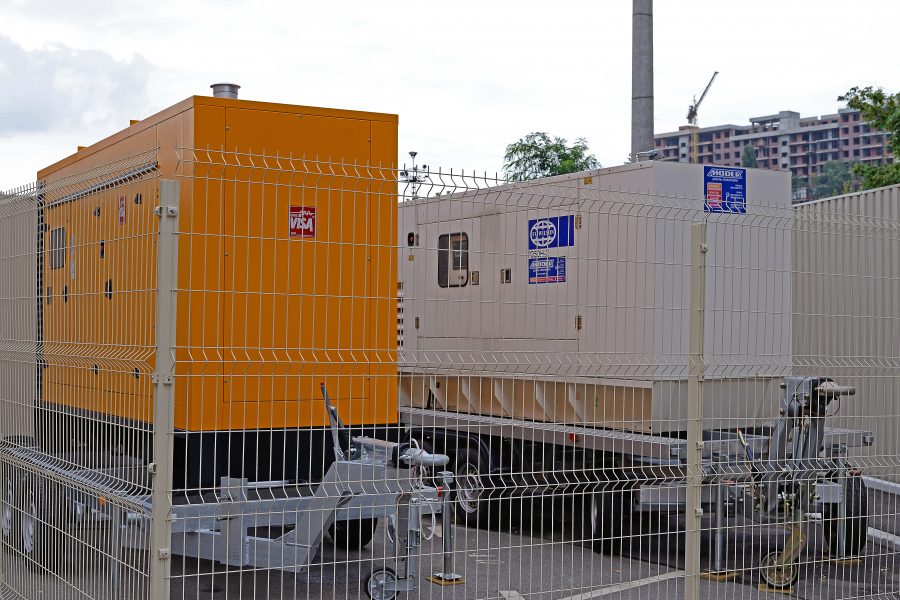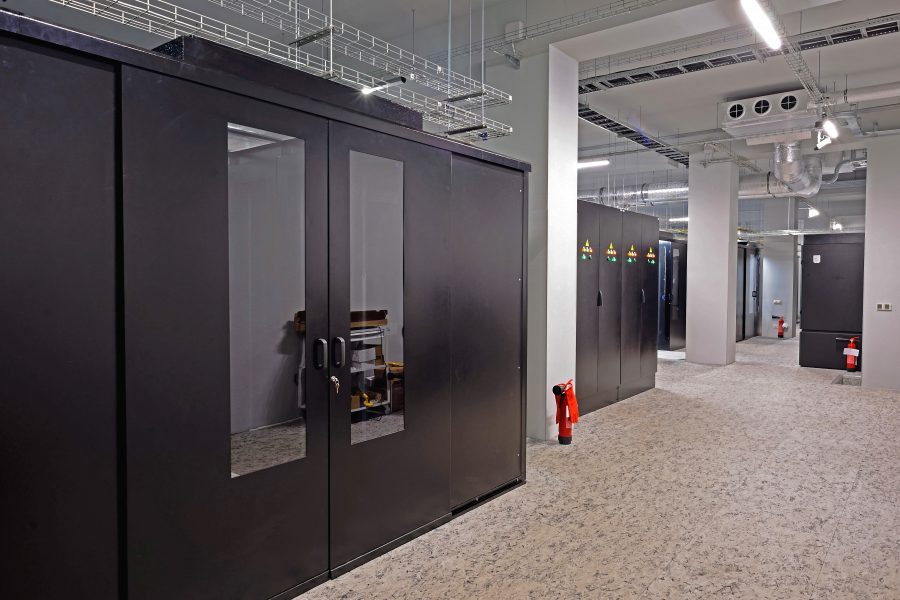The Belgian government has confirmed plans to hold a spectrum auction in late 2019 with conditions to encourage the launch of a fourth mobile operator on the market. The cabinet approved the plans proposed by the telecom minister Alexander de Croo in June.
The related legislation and royal decree will be decided at the next cabinet meeting. De Croo has pushed the proposal for a fourth operator in an attempt to inject more competition in the market, leading to lower prices and a quicker roll-out of 5G. The three existing operators have resisted the idea, saying the Belgian mobile market is competitive enough and a fourth operator is not sustainable.
De Croo said the spectrum auction will create the conditions for a fourth operator, if there is an interested candidate, while also ensuring the three existing operators Proximus, Orange and Base have sufficient frequencies for 5G. An earlier study by the regulator BIPT found that a new operator could help reduce prices, but ultimately it would be up to the market to determine whether a fourth player is possible. BIPT’s study also found that there was a player with proven experience on a mature mobile market that was interested in starting in Belgium, De Croo said. The minister noted that this could also impact the fixed market, where regulations for improved wholesale access have recently been approved.
The spectrum auction will offer 20-year licences for 35 MHz in the 900 MHz band, 75 MHz in the 1,800 MHz band and 60 MHz in the 2,100 MHz band, redistributing the spectrum already held by the operators and set to expire. In addition, operators will be able to bid for new frequencies, including 30 MHz in the 700 MHz band, 90 MHz in the 1,400 MHz band and 400 MHz in the 3.6 GHz band. A study by Analysys Mason for BIPT found that the spectrum on offer has a value of at least EUR 680 million.
The licences will come with coverage requirements aimed at improving access to mobile broadband. The current requirement is to offer at least 3 Mbps to 98 percent of the population by 30 November 2019. The proposed new requirements will be 99.5 percent population coverage by 2021, 99.8 percent with 3-6 Mbps within six years, and full coverage of the most important train lines.









